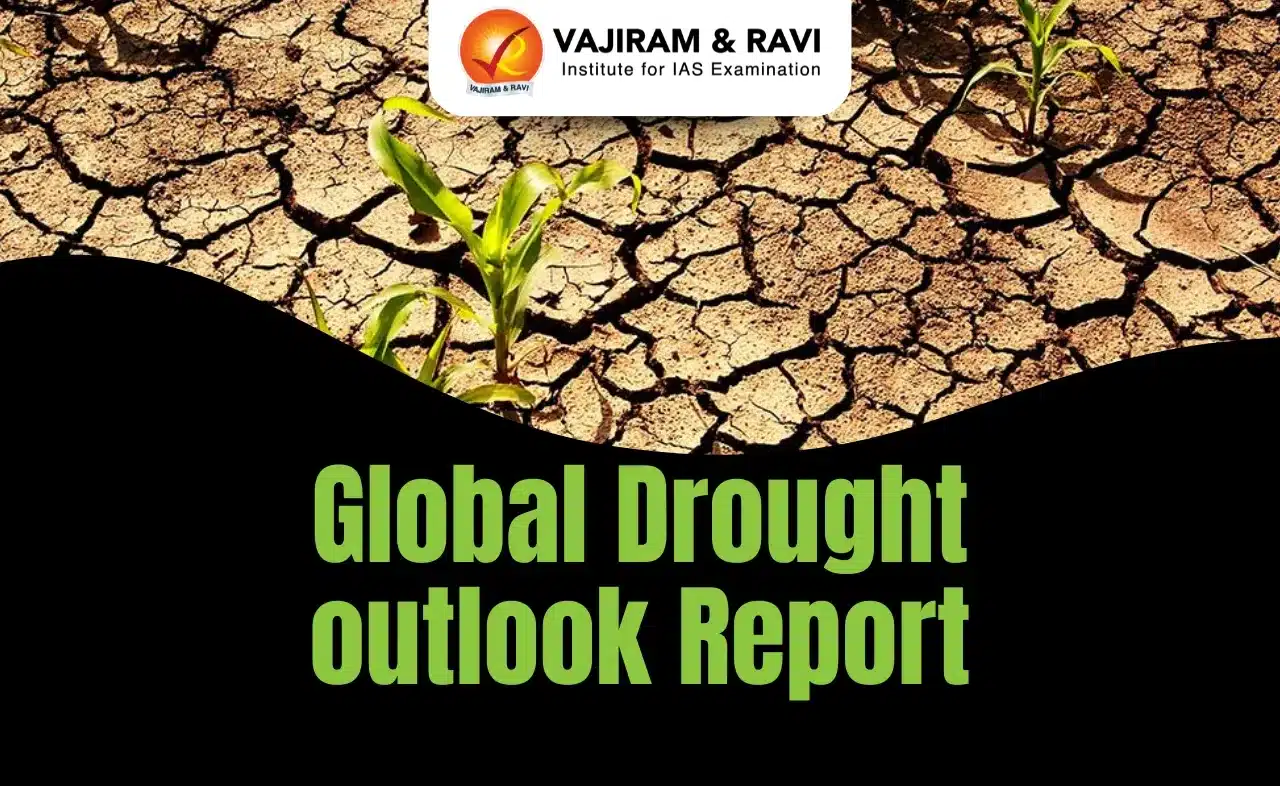About Carbon Dating:
The scientific procedure of carbon dating
- Carbon dating is a widely-used method to establish the age of organic materials, things that were once living.
- Living things have carbon in them in various forms. The dating method is based on the fact that Carbon-14 (C-14), an isotope of carbon with an atomic mass of 14, is radioactive, and decays at a well-known rate.
- The most abundant isotope of carbon in the atmosphere is C-12. The ratio of C-12 to C-14 in the atmosphere is almost static, and is known.
- Plants and animals acquire C-12 and C-14 in roughly the same proportion as is available in the atmosphere.
- When they die, their interactions with the atmosphere stops. While C-12 is stable, the radioactive C-14 reduces to one half of itself in about 5,730 years — known as its ‘half-life’.
- The changing ratio of C-12 to C-14 in the remains of a plant or animal after it dies can be measured, and can be used to deduce the approximate time when the organism died.
- Carbon dating cannot be used to determine the age of non-living things like rocks. Also, the age of things that are more than 40,000-50,000 years old cannot be arrived at through carbon dating.
Radiometric dating methods:
- These are used to calculate the age of inanimate things. Instead of carbon, decays of other radioactive elements that might be present in the material become the basis for the dating method. Two commonly employed methods for dating rocks are
- Potassium-argon dating: The radioactive isotope of potassium decays into argon, and their ratios can give a clue about the age of rocks.
- Uranium-thorium-lead dating: Uranium and thorium have several radioactive isotopes, and all of them decay into the stable lead atom. The ratios of these elements present in the material can be measured and used to make estimates about age.
- Cosmogenic nuclide dating: It is used to determine how long an object has remained exposed to sunlight. It is regularly applied to study the age of ice cores in polar regions.
Source : Indian Express
Last updated on June, 2025
→ UPSC Notification 2025 was released on 22nd January 2025.
→ UPSC Prelims Result 2025 is out now for the CSE held on 25 May 2025.
→ UPSC Prelims Question Paper 2025 and Unofficial Prelims Answer Key 2025 are available now.
→ UPSC Calendar 2026 is released on 15th May, 2025.
→ The UPSC Vacancy 2025 were released 1129, out of which 979 were for UPSC CSE and remaining 150 are for UPSC IFoS.
→ UPSC Mains 2025 will be conducted on 22nd August 2025.
→ UPSC Prelims 2026 will be conducted on 24th May, 2026 & UPSC Mains 2026 will be conducted on 21st August 2026.
→ The UPSC Selection Process is of 3 stages-Prelims, Mains and Interview.
→ UPSC Result 2024 is released with latest UPSC Marksheet 2024. Check Now!
→ UPSC Toppers List 2024 is released now. Shakti Dubey is UPSC AIR 1 2024 Topper.
→ Also check Best IAS Coaching in Delhi
























